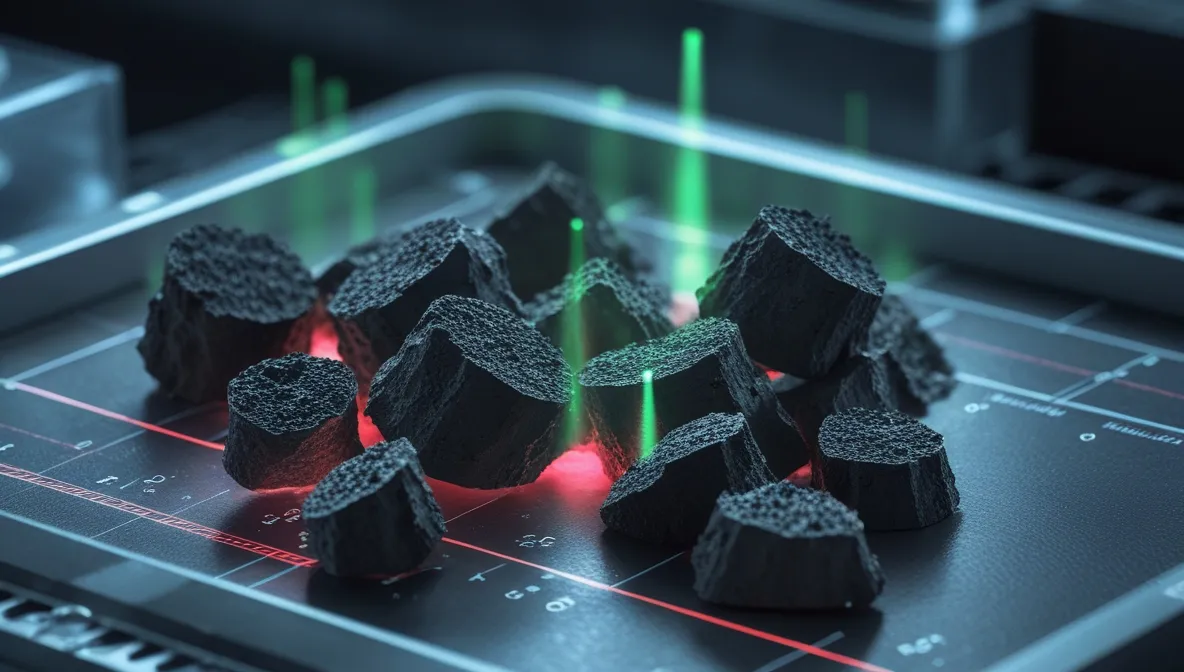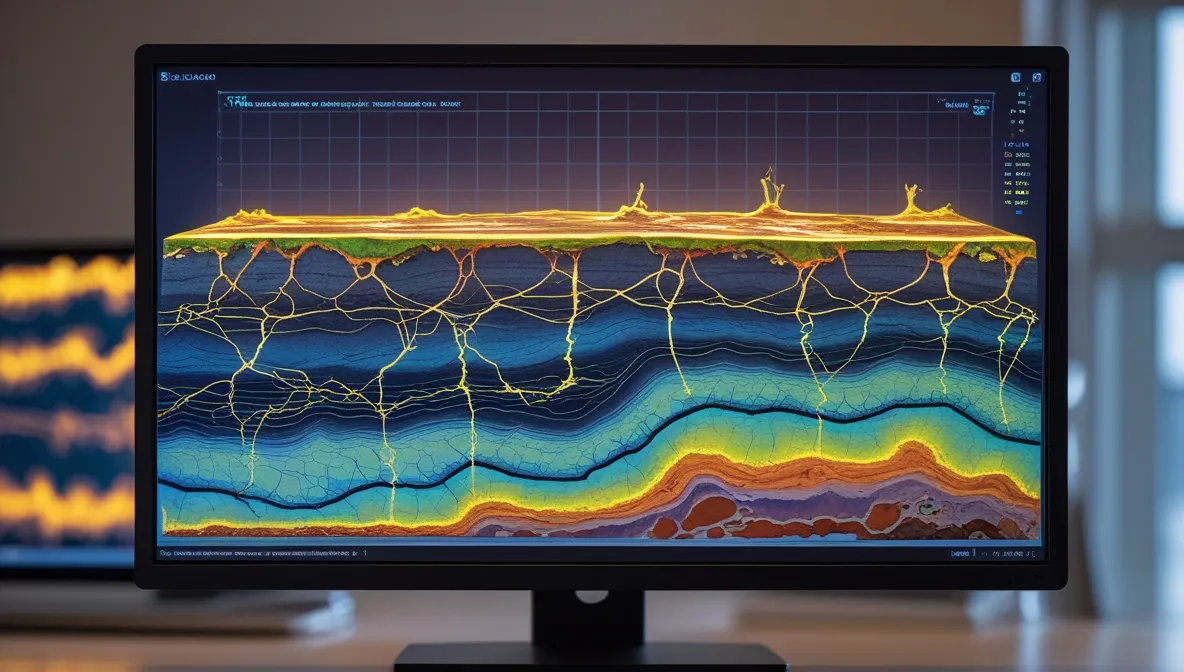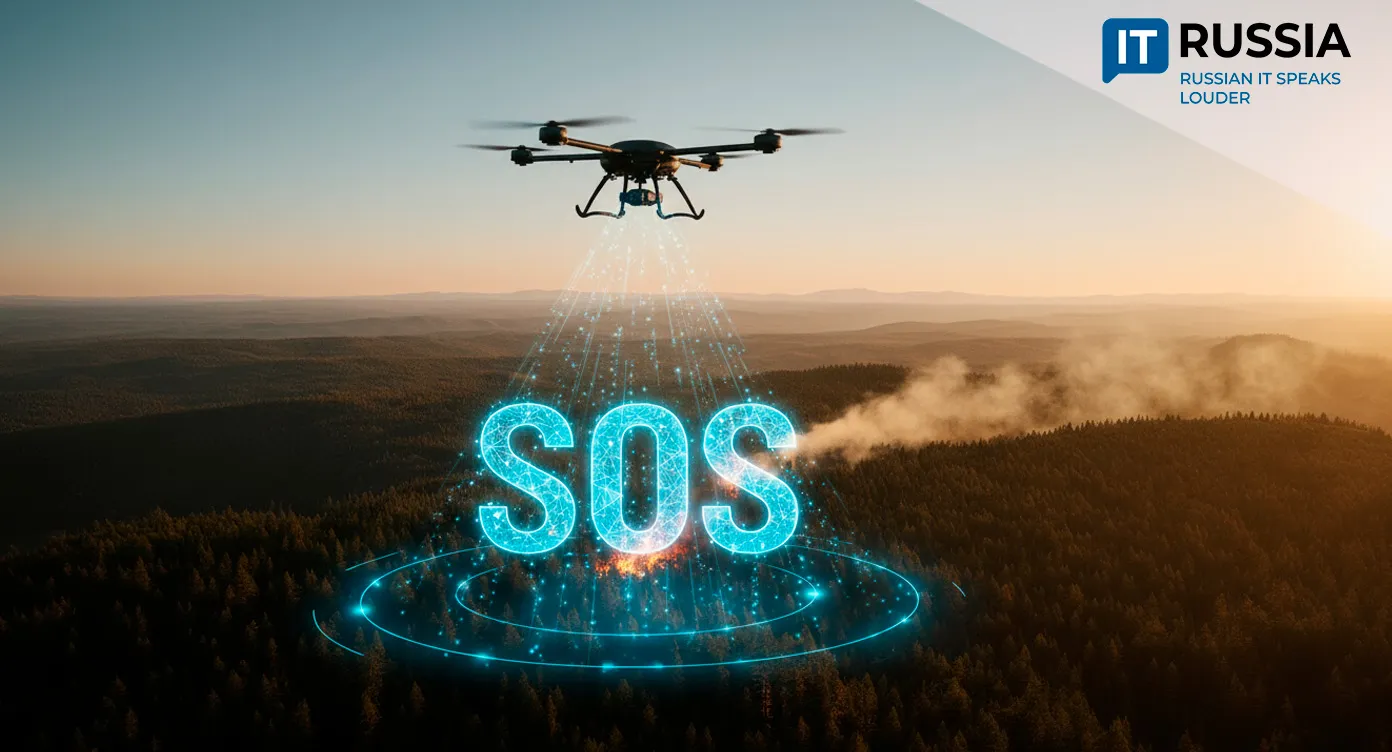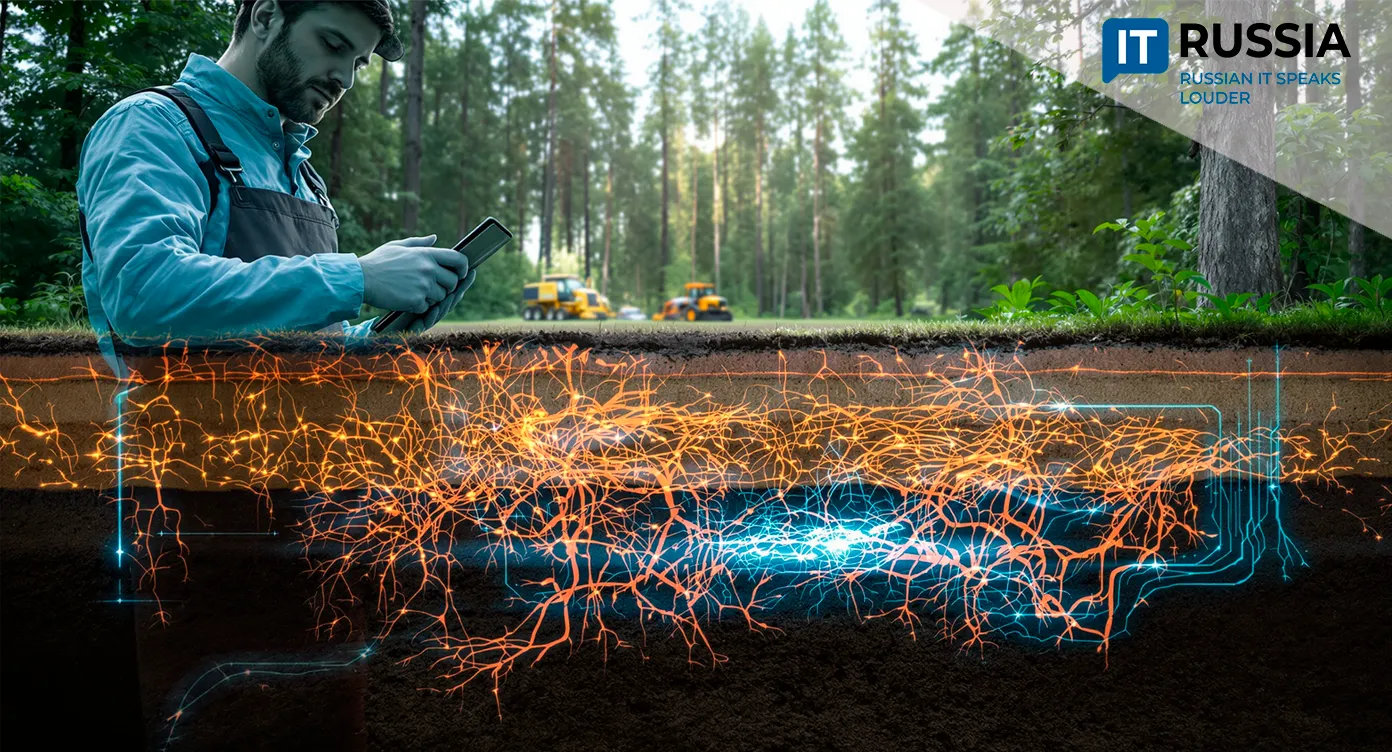New Sample, New Insight: Breaking Rocks Down to the Elements
Russian scientists have unveiled a breakthrough method for complete chemical analysis of rock samples, accurately identifying both major and rare earth elements — a move that could reshape mineral exploration and resource forecasting.

More Accessible, More Accurate
A team of researchers from Rosneft’s scientific institutes in Ufa and Krasnoyarsk has developed a unique method for analyzing rock composition. The innovation combines X-ray fluorescence analysis of drill cuttings with advanced mathematical modeling. Traditionally, geological assessments relied on core samples — taken from only 1–2% of wells — leaving significant blind spots in exploration. Drill cuttings, a by-product of drilling, offer a far more economical and accessible alternative without compromising data quality when processed correctly.
The new method has, for the first time, established a statistical correlation between major oxides and the presence of rare earth elements in cuttings, revealing distinct distribution patterns. For example, cerium and strontium tend to concentrate in carbonate formations, while rubidium is associated with salt-bearing deposits. This technology enables geologists to predict rare element deposits and identify high-yield extraction zones with far greater precision.

Digital tools played a key role in bringing this innovation to life, transforming digitalization from an optimization tool into a gateway for discovering new mineral resources.
Innovation with Strategic Value
The importance of this development cannot be overstated — particularly as the global economy accelerates toward decarbonization and clean energy. Rare earth and dispersed elements are critical to producing microprocessors, display panels, permanent magnets for wind turbines, batteries, and defense technologies. Although Russia possesses one of the world’s largest mineral resource bases, it has historically focused on hydrocarbons and basic metals. The new methodology makes it possible to identify rare earth reserves in already developed regions, effectively creating a new resource industry within the existing one.
The global rare earth market is heavily monopolized — the US Geological Survey reports that China accounts for about 60% of global production and nearly 90% of processing. For Russia, advancing its own exploration and extraction technologies is therefore a matter of national technological and economic security.
The new method reduces exploration costs by an order of magnitude while expanding analytical coverage, increasing the accuracy of geological models, and minimizing risks in large-scale investment decisions for resource development.

Building Russia’s Technological Ecosystem
The success of this project is not only a geological achievement but also a milestone in data science. It demonstrates how traditional industries can drive innovation in high technology. Modeling complex geological systems requires powerful computational algorithms and specialized software — fueling demand for domestic solutions in data processing, machine learning, and digital twin modeling.
The next step will be integrating this method into corporate geoinformation systems (GIS), such as Rosneft’s newly implemented GIS-RN. This creates a unified digital environment where data from thousands of wells can be aggregated, analyzed, and used for AI-based predictive modeling. Once validated, this methodology could have significant export potential.

A Russian IT and service product built on this analysis technology could become a competitive offering on the global exploration market, strengthening Russia’s position as a technological leader in resource industries.










































